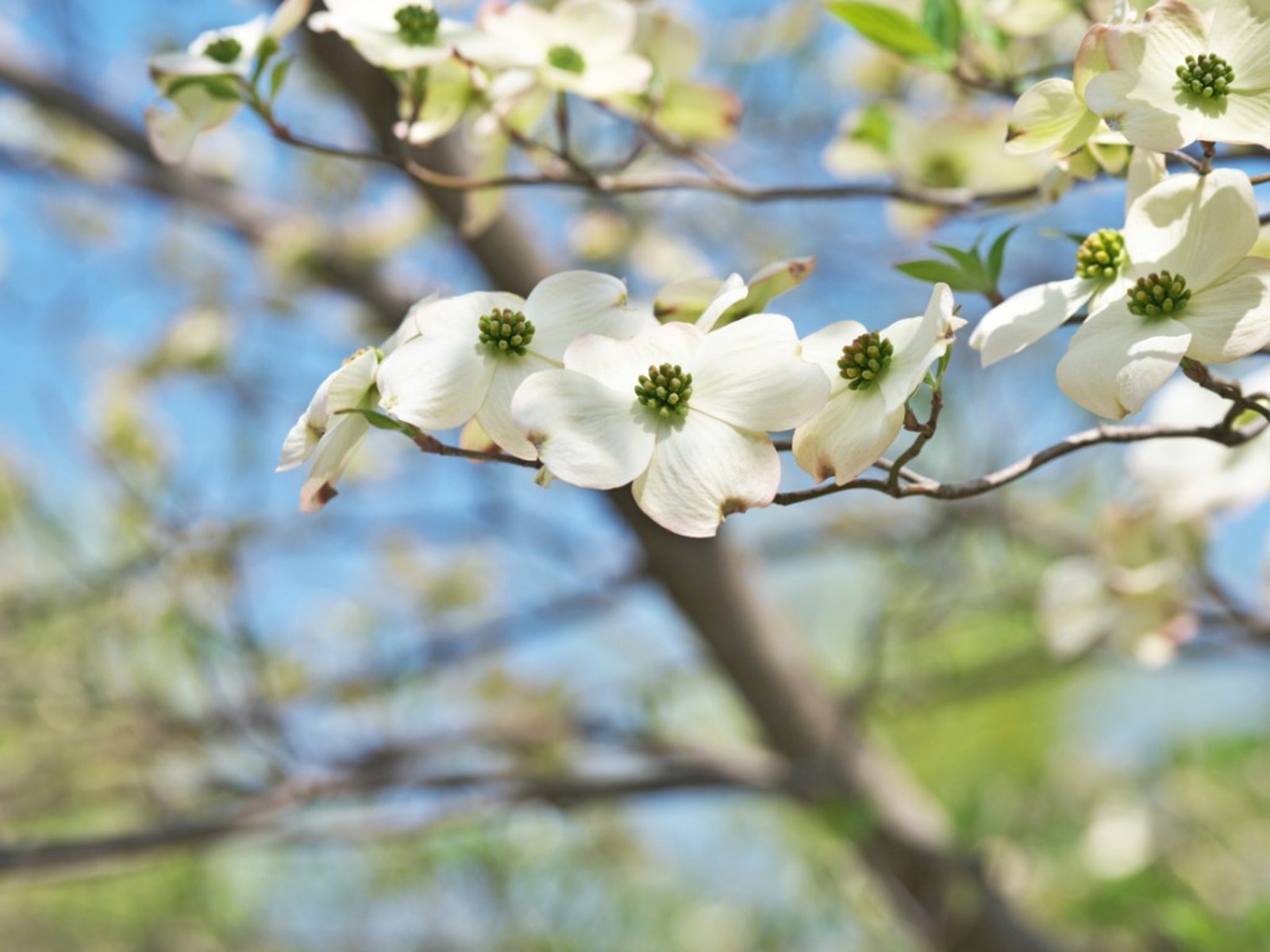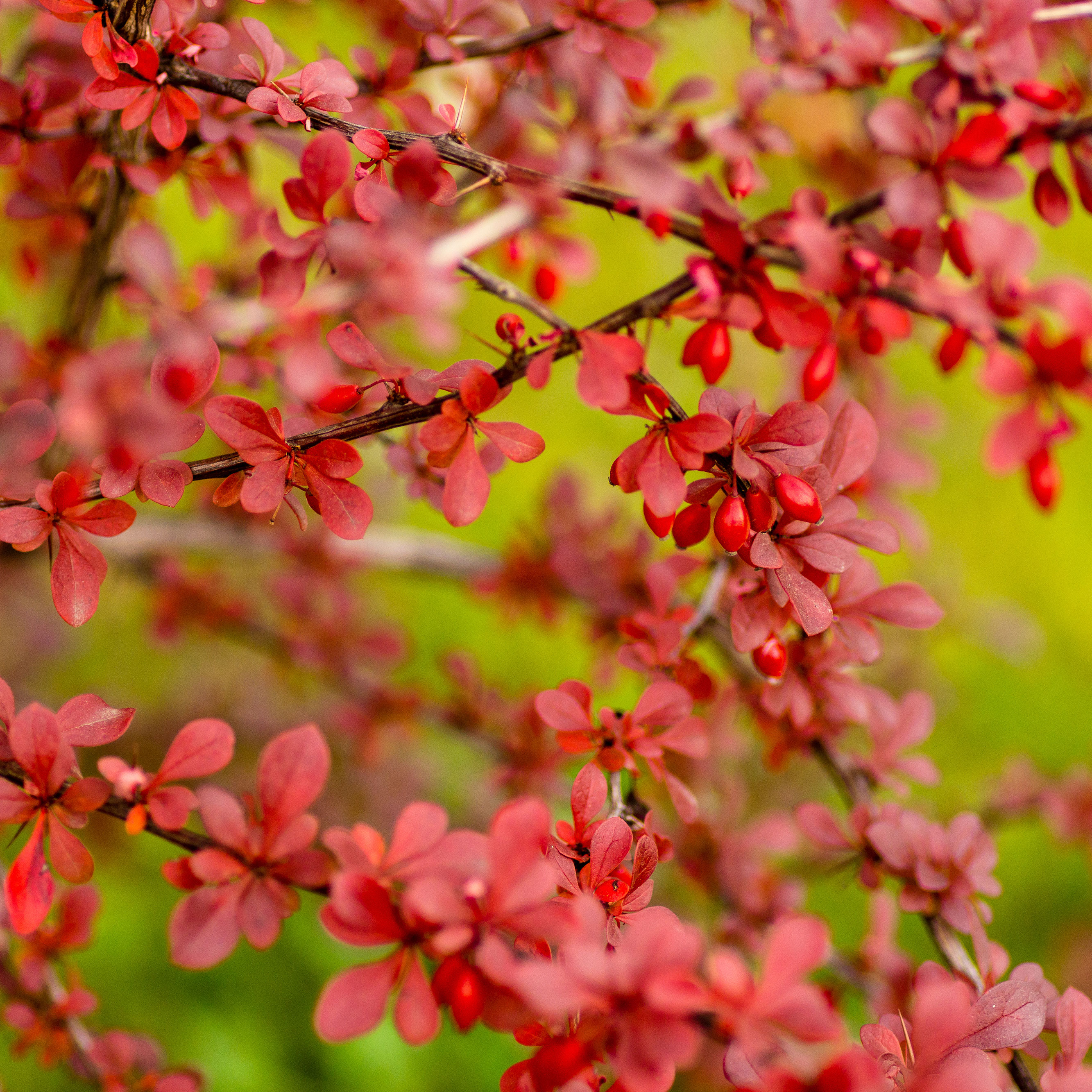How To Treat For Dogwood Borer


Though dogwood trees are, for the most part, an easy to care for landscaping tree, they do have some pests. One of these pests is the dogwood borer. The dogwood borer rarely kills a tree in one season, but if left unchecked, these pests can eventually kill a dogwood tree, especially a young dogwood tree. Keep reading to learn the symptoms of dogwood borers and dogwood borer control.
Symptoms of Dogwood Borers
Most of the severe damage to dogwoods by this pest is caused by the dogwood borer larvae. Most often, dogwood borer larva will embed themselves in burrknots (lumps at the base of the trunk that were formed from undeveloped roots), in grafting collars, or in healed bark wounds. If a wound, grafting collar, or knot becomes infested with dogwood borers, it may appear wet and will take on a reddish color. You may even see some bark fall away from these areas. If the dogwood tree has a bad infestation of dogwood borers, there may even be large patches of healthy bark that will have a wet or damp look and may fall away from the tree easily. Other symptoms of dogwood borers include wilting of new growth, oddly colored leaves, or leaves and branches that die off unexpectedly. In older trees that have been infested with dogwood borers for a long period of time, the bark higher up on the tree may crack and branches may break off. Dogwood borer larvae are pink or light orange in color and are about 3 to 5 inches (8-10 cm.) long.
Dogwood Borer Control
Good dogwood borers organic control starts with proper care of dogwood trees. Do not plant dogwood trees in harsh, full sun as this weakens the dogwood tree and makes them more susceptible to the dogwood borer larvae. Dogwood borer larva are attracted to grafted dogwood trees, so either avoid grafted trees or keep a close eye on the base of these dogwood trees if you plant them. Prune your dogwood tree at the proper time. Do not prune your dogwood trees from April until June, as this will leave open wounds during their most active time, which attracts the dogwood borer. Keep the base of your dogwood free of weeds where the dogwood borers can hide and be careful not to damage your dogwood tree with weed whackers when removing weeds. It is best to simply keep the base of your dogwood tree well mulched. This will not only keep weeds away from the base of the tree, but will keep moisture in the soil, which will make the tree healthier and better able to fight off dogwood borer larvae. If your dogwood tree becomes infested with dogwood borer larvae, proper dogwood borer control is to treat the base of the tree with insecticide in May. This is when the dogwood borer is most susceptible to dogwood borer insecticide. If you discover a dogwood borer infestation earlier or later than this, however, and you would like to treat it immediately, you can. It will not be as effective, but will help reduce the number of dogwood borer larvae, which will reduce the amount of damage to the tree until you are able to treat the dogwood tree with dogwood borer insecticide. If a dogwood tree is badly infested, it may be best to remove the tree to prevent it from infecting other dogwood trees in the area. While dogwood borers can become a serious problem, once you know how to treat for dogwood borer larva and damage, it becomes much less damaging to your dogwood trees.
Gardening tips, videos, info and more delivered right to your inbox!
Sign up for the Gardening Know How newsletter today and receive a free copy of our e-book "How to Grow Delicious Tomatoes".

Heather Rhoades founded Gardening Know How in 2007. She holds degrees from Cleveland State University and Northern Kentucky University. She is an avid gardener with a passion for community, and is a recipient of the Master Gardeners of Ohio Lifetime Achievement Award.
-
 Which Invasive Shrubs Should You Avoid Growing? Plus, Best Natives To Plant Instead
Which Invasive Shrubs Should You Avoid Growing? Plus, Best Natives To Plant InsteadCertain plants may look lovely but they can wreak havoc to local areas and native wildlife. Here are the key invasive shrubs to avoid – with recommendations on gorgeous native alternatives to try
-
 What Not To Plant With Tomatoes: 8 Bad Neighbors That Could Ruin Your Harvest
What Not To Plant With Tomatoes: 8 Bad Neighbors That Could Ruin Your HarvestNot all companion plants are beneficial – some can sabotage your tomatoes. Find out which ones to keep at a safe distance in the garden.